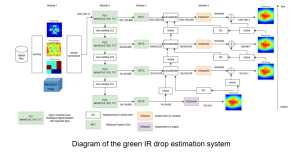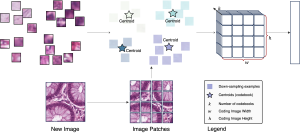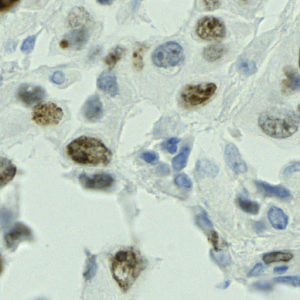Digital cameras typically use a color filter array (CFA) over the image sensor to capture color images, with the Bayer array being the most common CFA. This array captures only one color per pixel, resulting in raw data that lacks two-thirds of the necessary color information. Demosaicking is the process used to reconstruct the complete color image from this partial data. Simple interpolation methods like bilinear and bicubic often produce suboptimal results, especially in complex areas with textures and edges.
To improve image quality, adaptive directional interpolation methods align the interpolation with image edges, using techniques like gradients or Laplacian operators to detect horizontal and vertical edges. Recently, deep learning techniques have set new performance benchmarks in demosaicking, but their complexity and resource demands pose challenges for deployment on edge devices with limited processing power and storage.
To address these issues, a lightweight “green learning” approach is proposed for demosaicking on edge devices. Unlike traditional deep learning models, green learning does not rely on neural networks. Our proposed model can be explained in three stages. See Fig [1] for details.
beginning with data processing, where the interpolation method is used to estimate RGB values. Channels are then categorized into subchannels based on their positions in the CFA array, improving prediction accuracy in the learning stage. fig[2] for details.
In the feature processing stage of the green learning approach for demosaicking, three subsequential modules work together to enhance the model’s performance. First, unsupervised representation learning techniques, such as the Saab transform or Successive Subspace Learning (SSL), are used to efficiently extract meaningful representations from raw data. Next, supervised feature selection is performed using the Discriminant Feature Test (DFT) and the Relevant Feature Test (RFT) to identify and select the most pertinent features from these high-dimensional representations. Finally, complementary feature generation is achieved through the Least-Squares Normal Transform (LNT), which adds additional features to further strengthen the feature space and improve the model’s accuracy.
In the supervised decision learning stage of the green learning approach for demosaicking, a core predictor is employed for residual learning, which is supported by an auxiliary predictor using three class-specific regressors to further enhance the model’s performance. This approach is lightweight, transparent, and efficient, characterized by its minimal computational complexity (FLOPs) that allows for rapid inference. Despite its simplicity, this method achieves performance comparable to deep learning models, making it an effective and resource-efficient solution for edge devices.




































































































































































































































































































































































































































































































































































































































